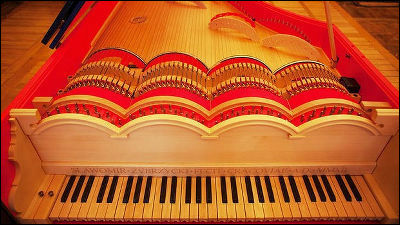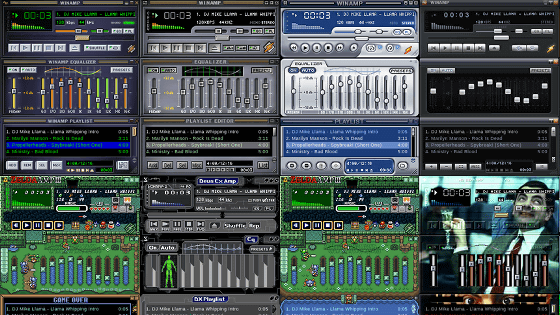320-year-old video of the premiere of an organ solo piece composed by Bach as a teenager has been released

Two organ pieces composed by the legendary composer Johann Sebastian Bach as a teenager have been confirmed as his work, more than 30 years after their discovery in 1992. The pieces will be performed for the first time in 320 years at
Newly discovered organ works by Johann Sebastian Bach | Bach-Archiv Leipzig
https://www.bacharchivleipzig.de/en/bach-archiv/newly-discovered-organ-works-johann-sebastian-bach
Musikalische Sensation: Präsentation neu aufgefundener Bach-Werke // 75 Jahre Bach-Archiv Leipzig - YouTube
The piece performed this time is a solo organ piece written by Bach when he was around 18 years old and working as a church organist in Arnstadt, Thuringia, in the early 18th century.
In 1992, musicologist and Bach expert Peter Wollny discovered the scores of these two pieces at the Royal Library of Belgium. Although the scores were unsigned, Wollny believed they were Bach pieces, based on their distinctive style and musical structure. However, without clear evidence or the identity of the original copyist, he continued his research for 30 years.
During his research, fellow researcher Bernd Koska discovered a letter written in 1729 by an organist named Salomon Günther Johann .
In 1727, Johann applied for an organist position at a church in Schleitz, Thuringia, and in his application he advertised himself as having 'studied under the previous organist in Arnstadt.' Since this 'previous organist' refers to Bach, we can say that Johann was Bach's pupil.
Bach-Schüler bei der Organistenwahl zu Schleiz 1727/28 |
https://bjb.publia.org/bjb/article/view/2317

Because Johann's handwriting resembled that of the sheet music, Walney searched and investigated other documents left by John and concluded that the sheet music in question was a transcription of Bach's music by Salomon Günther Johann in 1705.
'After searching for a long time for one piece of the puzzle to identify the song, the whole picture is finally coming into view,' said Walney.
The two pieces were given the Bach catalogue number 'Bach-Werke-Verzeichnis (BWV)' as ' Ciacona in D minor, BWV 1178' and 'Ciacona in G minor, BWV 1179,' respectively.
Incidentally, seven people, including Johann, Bernhard Christian Kaiser and Johann Jakob Kaiser , who were also Bach's students, applied for the position of organist at the Schleiz church, and Kaiser was elected. Kaiser served as organist until his death in 1762. Both Kaiser and Kaiser are known for copying many of Bach's scores and leaving them for posterity. Kaiser's handwriting in particular is said to be similar to Bach's own, and he is said to have copied important pieces such as the 'Prelude and Fugue in E minor, BWV 548.'
Related Posts:
in Video, Posted by logc_nt







